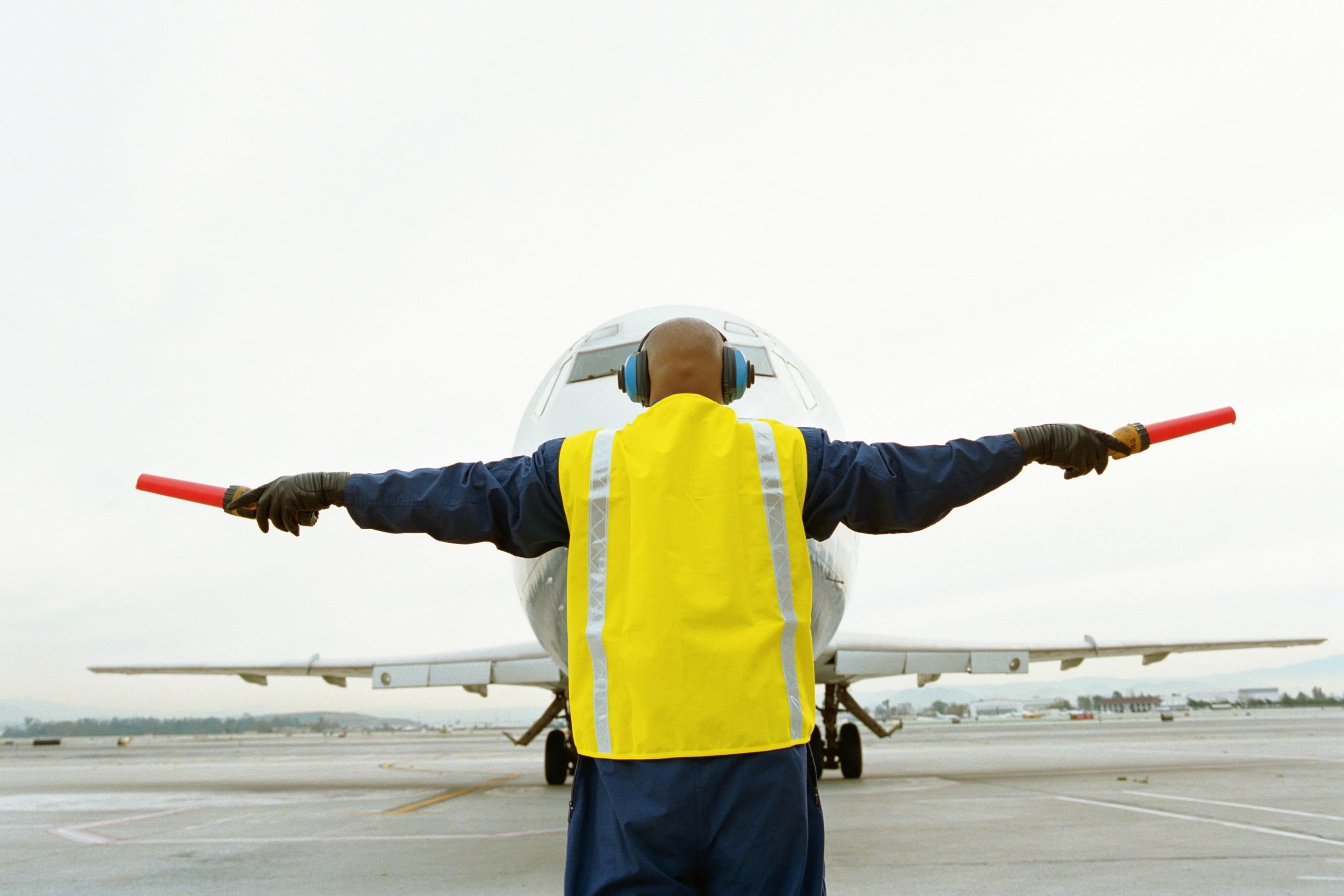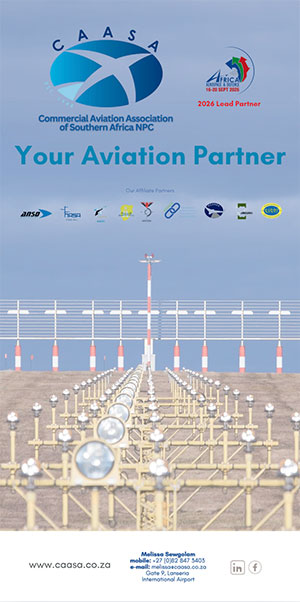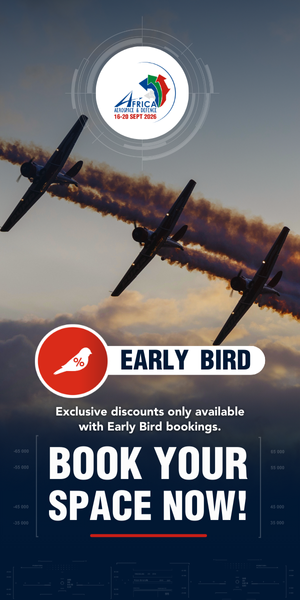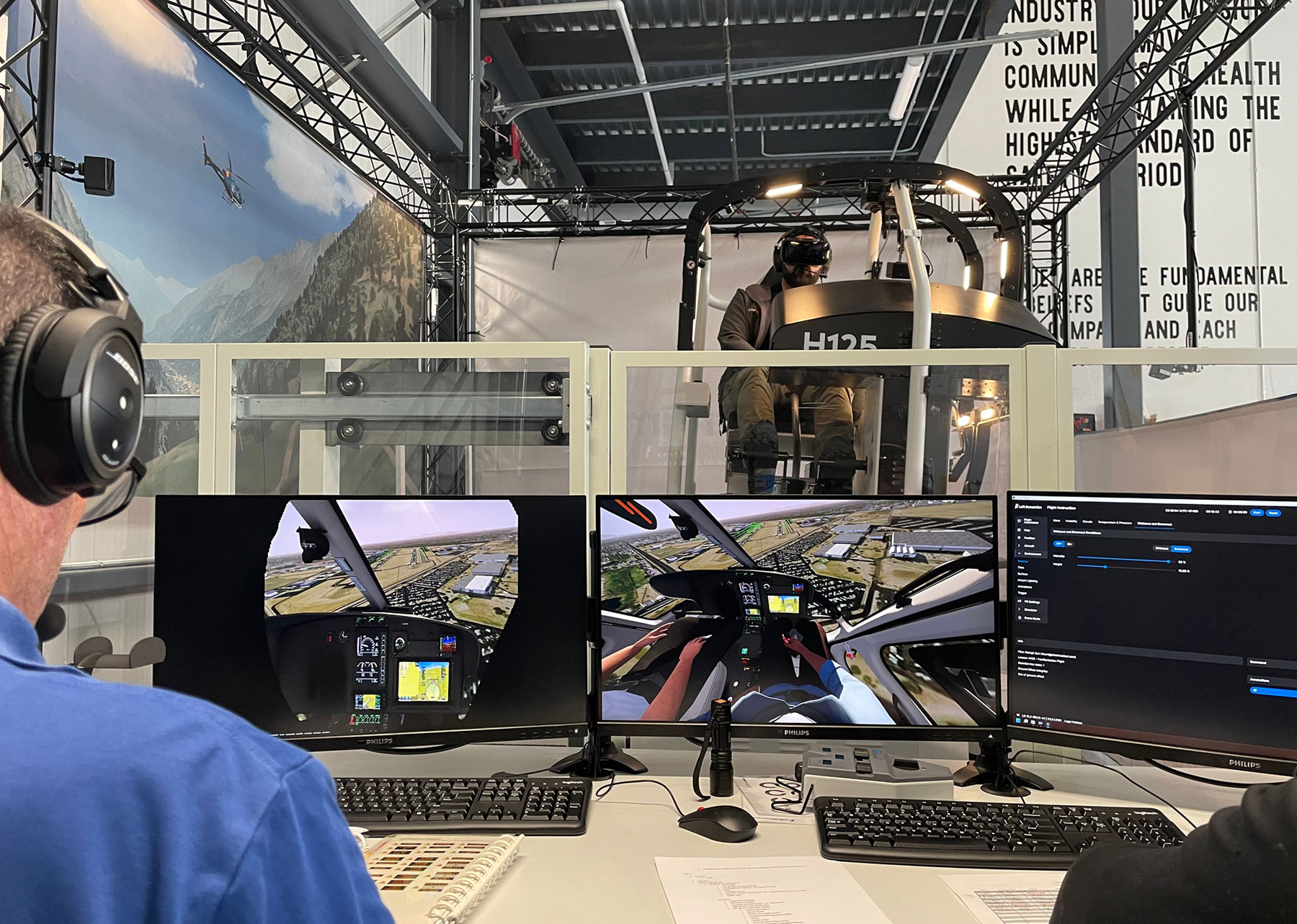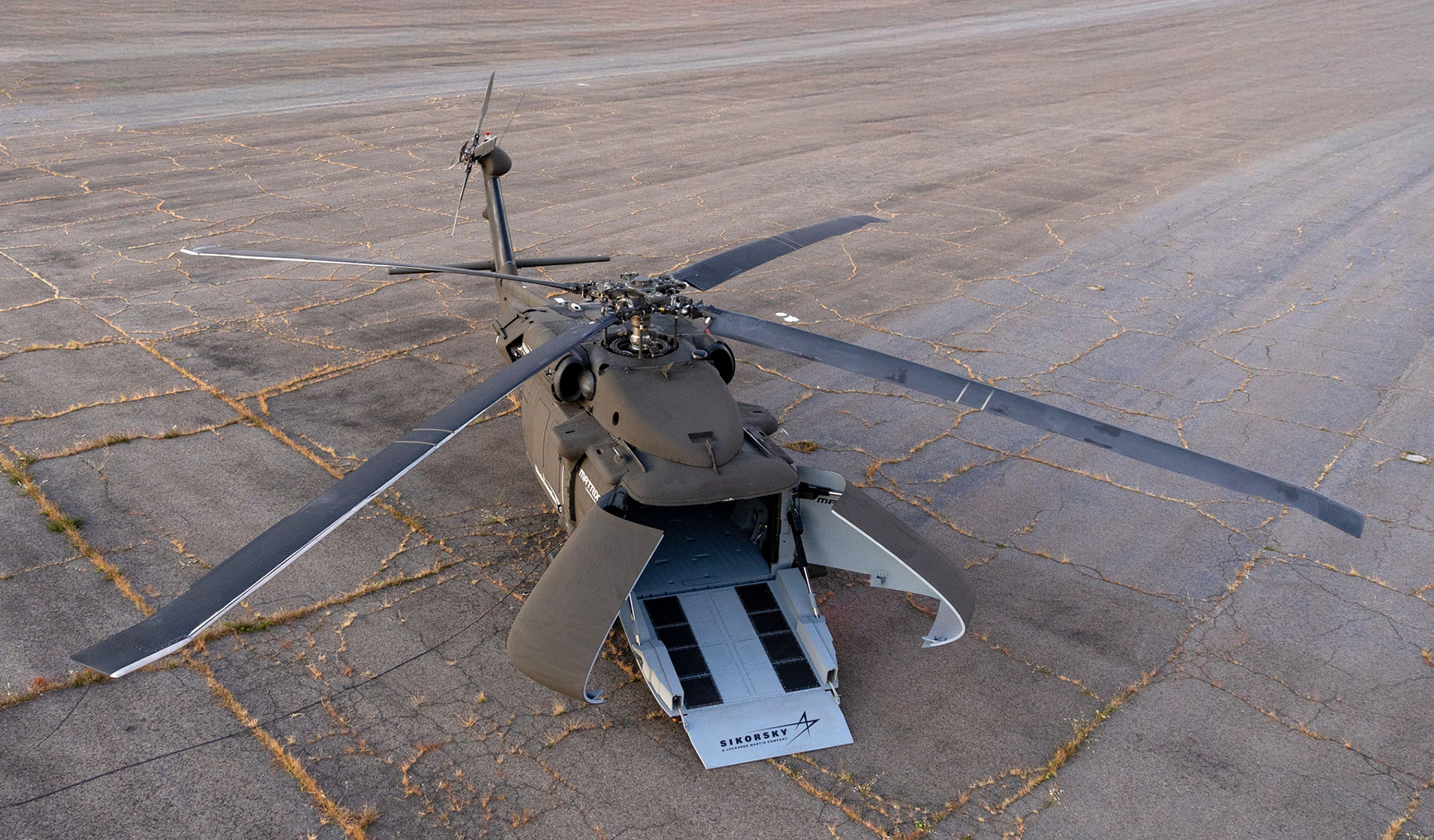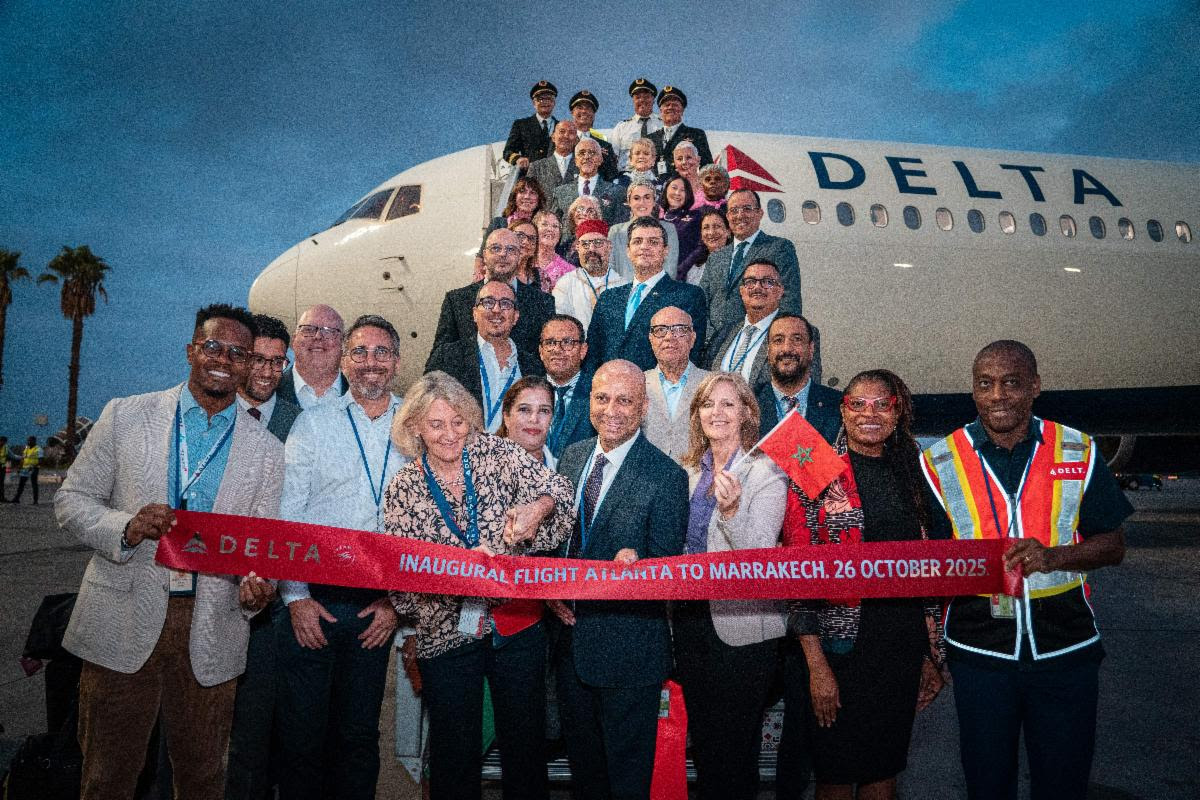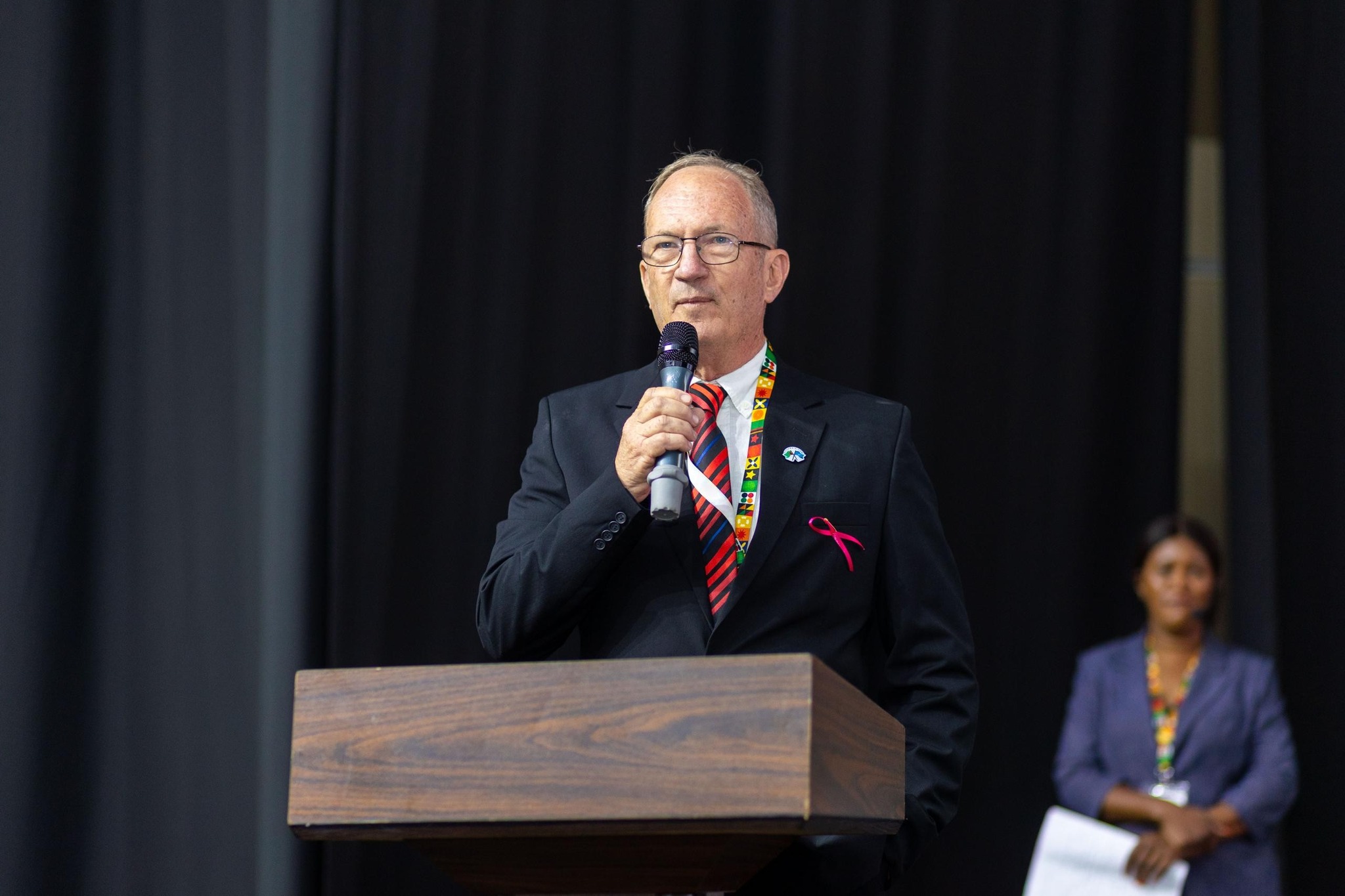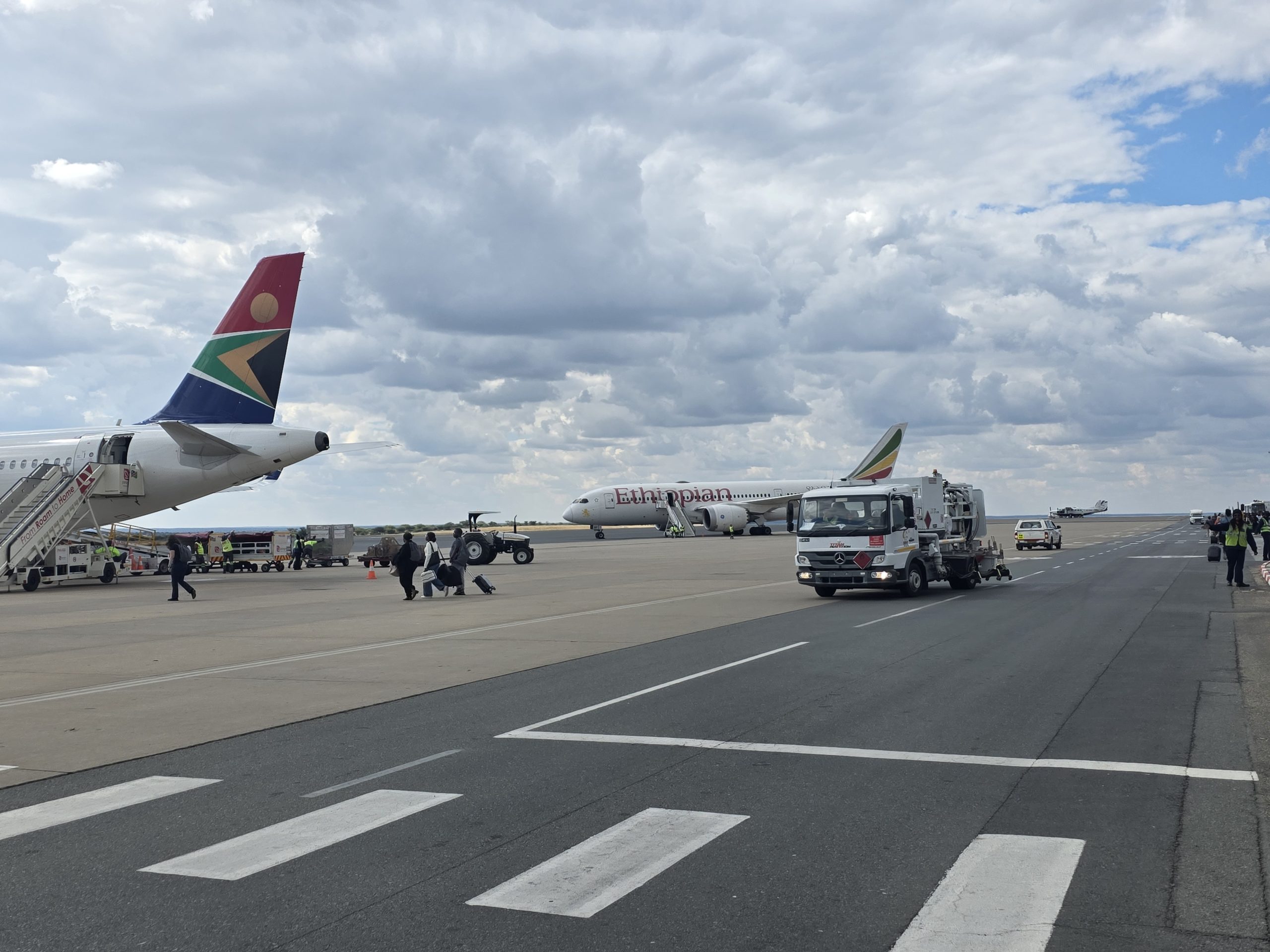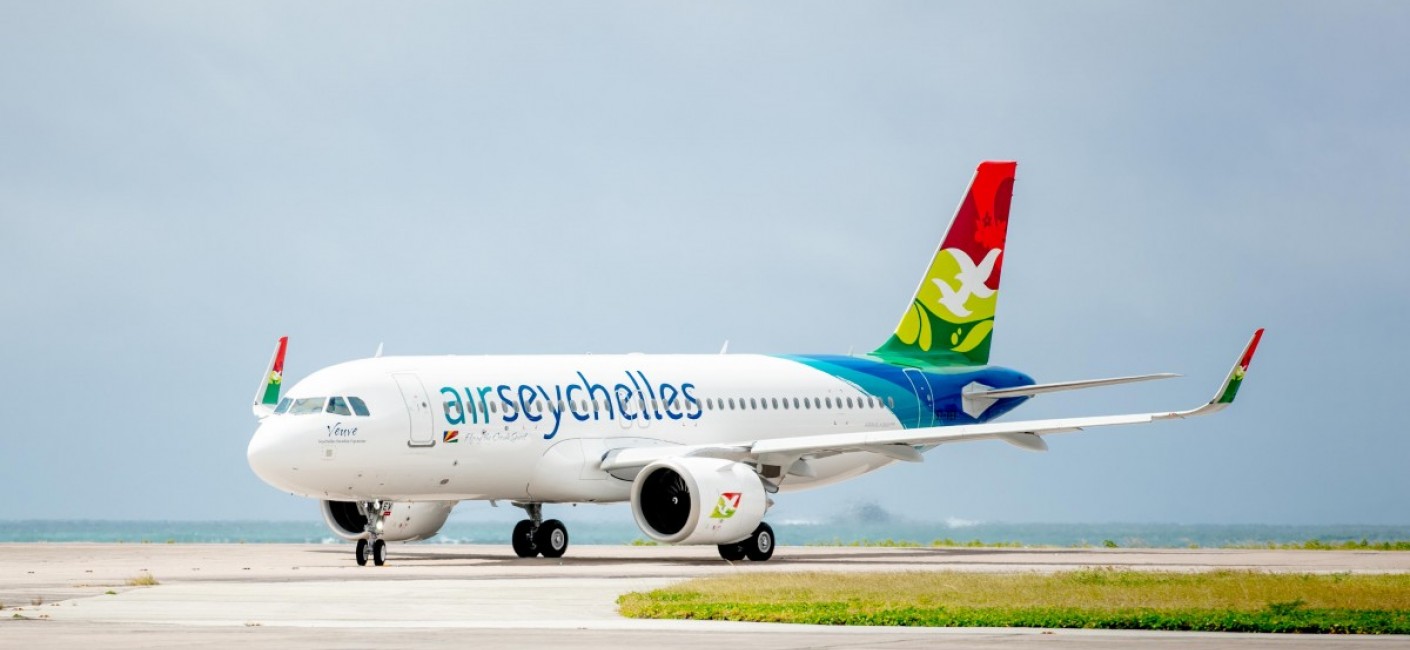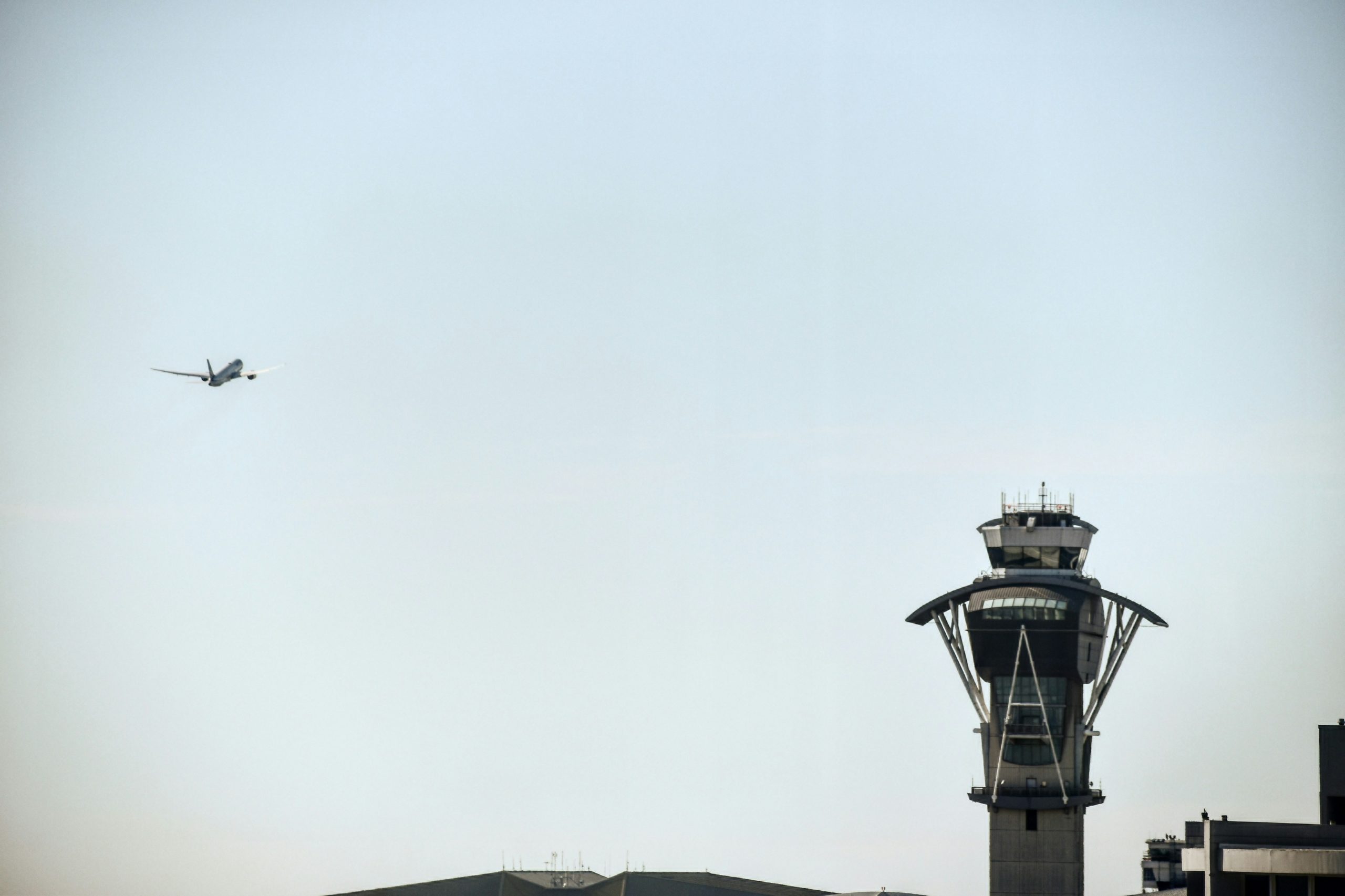A recent article by Global Aerospace, titled “Aviation Talent Shortage: Making Headway on a Critical Issue”, highlights a persistent and complex challenge facing the global aviation industry — a deepening shortage of skilled professionals across all areas of the sector, from pilots and air traffic controllers to ground handling staff and maintenance technicians.
While the piece outlines encouraging progress in some regions, the issues it raises are especially relevant for African aviation. Many of the same headwinds apply here — often with even more acute consequences.
Africa Faces the Same Pressures — and More
As in other parts of the world, Africa’s aviation sector is grappling with an ageing workforce, high barriers to entry for technical roles, and the residual effects of the COVID-19 pandemic. However, several additional factors compound the challenge locally:
Limited Training Infrastructure
Access to high-quality, accredited aviation training remains uneven across the continent. Many aspiring pilots, engineers, or air traffic controllers face long waiting periods, high costs, or the need to train abroad. This not only slows the talent pipeline but also contributes to brain drain.
Regulatory and Institutional Gaps
In some African states, the lack of strong civil aviation oversight, harmonised licensing standards, or sustainable funding for aviation education hampers the ability to scale training and recruitment.
Lack of Visibility and Career Pathways
Outside of major aviation hubs, there is often limited awareness of the diversity of careers within the sector. Without outreach into schools and communities, the industry risks losing future talent to other professions seen as more accessible or lucrative.
Skilled Labour Migration
Africa continues to lose trained professionals to markets in the Middle East, Europe, and North America, where pay and conditions are often better. This exacerbates local shortages and undermines long-term workforce development.
Pockets of Progress and Potential
Despite the challenges, efforts are underway across the continent to reverse these trends. Some examples include:
- ATNS and ASECNA supporting air traffic management training within their regions.
- 43 Air School (South Africa) and Ethiopian Aviation Academy, as an example, offering structured pilot and maintenance training.
- Partnerships with global OEMs and donors, which provide simulators, scholarships, and technical support to African training institutions.
- Growing interest in Advanced Air Mobility (AAM) and digital aviation solutions, which could attract new, tech-savvy talent.
A Call for Coordinated Action
The key takeaway from Global Aerospace’s article is this: the aviation talent crisis is not unsolvable — but it does demand sustained, collaborative effort. For Africa, that means:
- Strengthening training institutions, both financially and technically.
- Standardising certifications to ease cross-border employment.
- Investing in local mentorship, outreach, and career exposure programmes.
- Tackling workforce migration through better conditions, support, and long-term career incentives.
Looking Ahead
Africa’s skies are growing busier, with new routes, airports, and operators emerging each year. But the future of aviation on the continent depends not only on infrastructure and aircraft — it hinges on people. Addressing the aviation talent shortage must be part of any serious conversation about sustainable sector growth. The time to act is now.
If you would like to read the Global Aerospace article, download it here:
